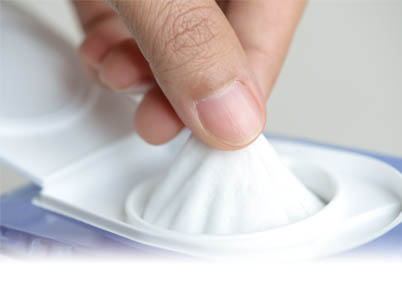Are Flushable Wipes Really Flushable?
What really happens when “flushable” wipes go down the toilet? Do they break down as the packaging label suggests? This is an example of clever marketing language at its best. Yes, they “eventually” break down but they take a considerable amount longer to break down than toilet paper, resulting in clogged pipes, blockages, and unexpected plumbing bills. Wet wipes create a nightmare for homeowners and plumbers alike. Wipes do not belong in the toilet, regardless of what the labeling suggests. Until wipe manufacturers are required to pass a “flushable” test, you’re safest to stick with just toilet paper.
Sewage Treatment Plants
These wipes not only pose a significant nuisance for homeowners but municipal sewage treatment plants as well. Although small, these flushable wipes gather and clog giant pumps as well as the sewer systems that transport them. There are plenty of disgusting photos online of obstructed city sewers being dredged with large loads of wipes.
Water Conservation
In an effort to conserve water, many have moved toward low-flow toilets. What used to be 3.5 gallons of water per flush has now reduced to 1.6 gallons of water per flush. This reduction in water per flush often doesn’t provide the necessary amount of force to push flushable wipes out to the city sewer lines.
Conclusion
Most plumbers and wastewater experts agree that the only thing safe to flush is liquid and solid waste from your body and toilet paper. If you really want to use wipes, use a sanitary way to dispose of them in the trash, similarly, as you’d dispose of a baby’s diaper.
If you have a clogged toilet that needs the help of a professional plumber, give the friendly experts at [ps-business-name] a call at [ps-phone-group].

